 Figure: The ALMA radio telescope array (Credit: Alessandro Caproni).
Figure: The ALMA radio telescope array (Credit: Alessandro Caproni).
Until the early 20th century all astronomy was carried out through observations in visible wavelengths, which we colloquially call light. But even then it was known that light was just one of the six windows of the electromagnetic spectrum, which in order of increasing wavelength are gamma rays, X-rays, ultraviolet, visible, infrared, and radio. In the decade of 1930, the American physicist Karl G. Jansky studied the origin of the static that burdened wireless communication between America and Europe. He discovered that one of the sources of this radio energy originated from the central region of the Milky Way, that is, it was extraterrestrial. The development of radar technology during the Second World War allowed that at the end of it several of the countries involved could develop radio telescopes, as well as groups of specialists. Radio astronomy allowed the discovery of phenomena that were ignored until then because they only emitted significantly in radio waves. Among these phenomena are the cosmic microwave background, pulsars, radio galaxies, and cosmic masers. Radio astronomy maintains a strong link to telecommunications and has played a preponderant role in the development of interferometric techniques, which make it possible to achieve very high angular resolution, that is, the capacity of distinguishing very compact details in celestial sources.
Current work in this area by IRyA researchers includes:
- Molecular clouds.
- Filaments and dense cores.
- Star (cluster) formation.
- Astrophysical jets.
- Polarization and magnetic fields.
- Accretion disks.
- Planet formation.
- Planetary nebulae.
Researchers who work directly in this field:
- Carlos Carrasco-González
- Roberto Galván-Madrid
- Stan Kurtz
- Laurent Loinard
- Aina Palau
- Alice Pasetto
- Luis Felipe Rodríguez
- Luis Zapata
- Eric Jiménez-Andrade




